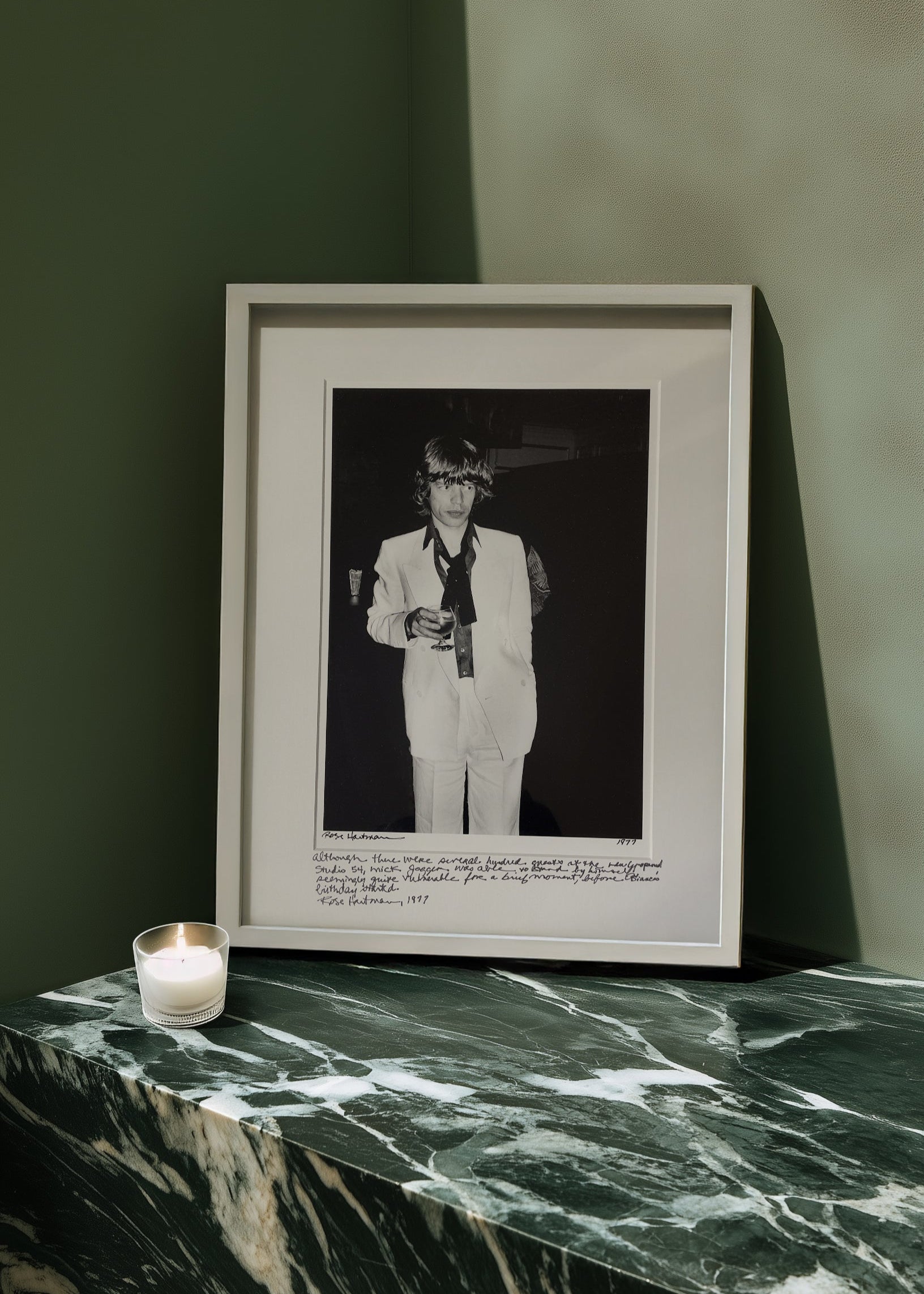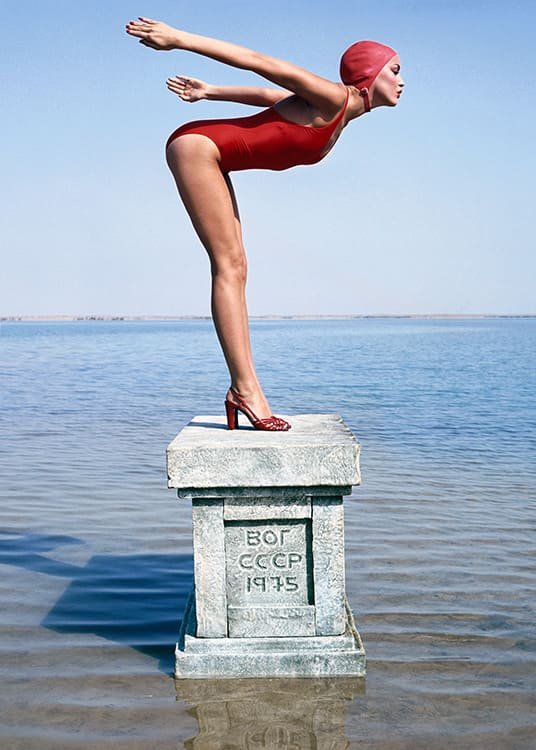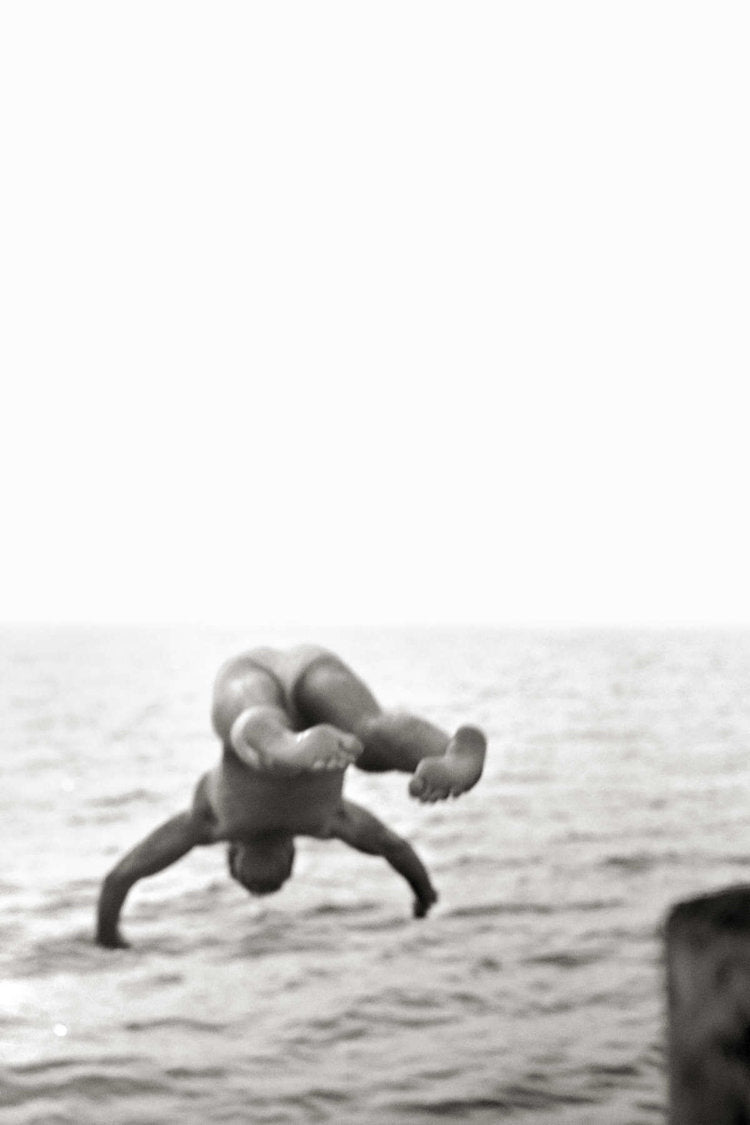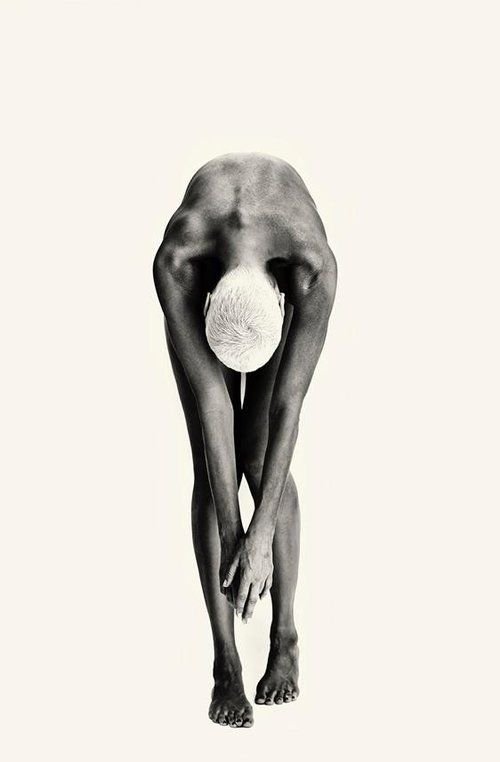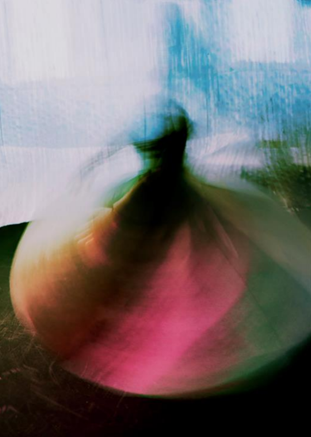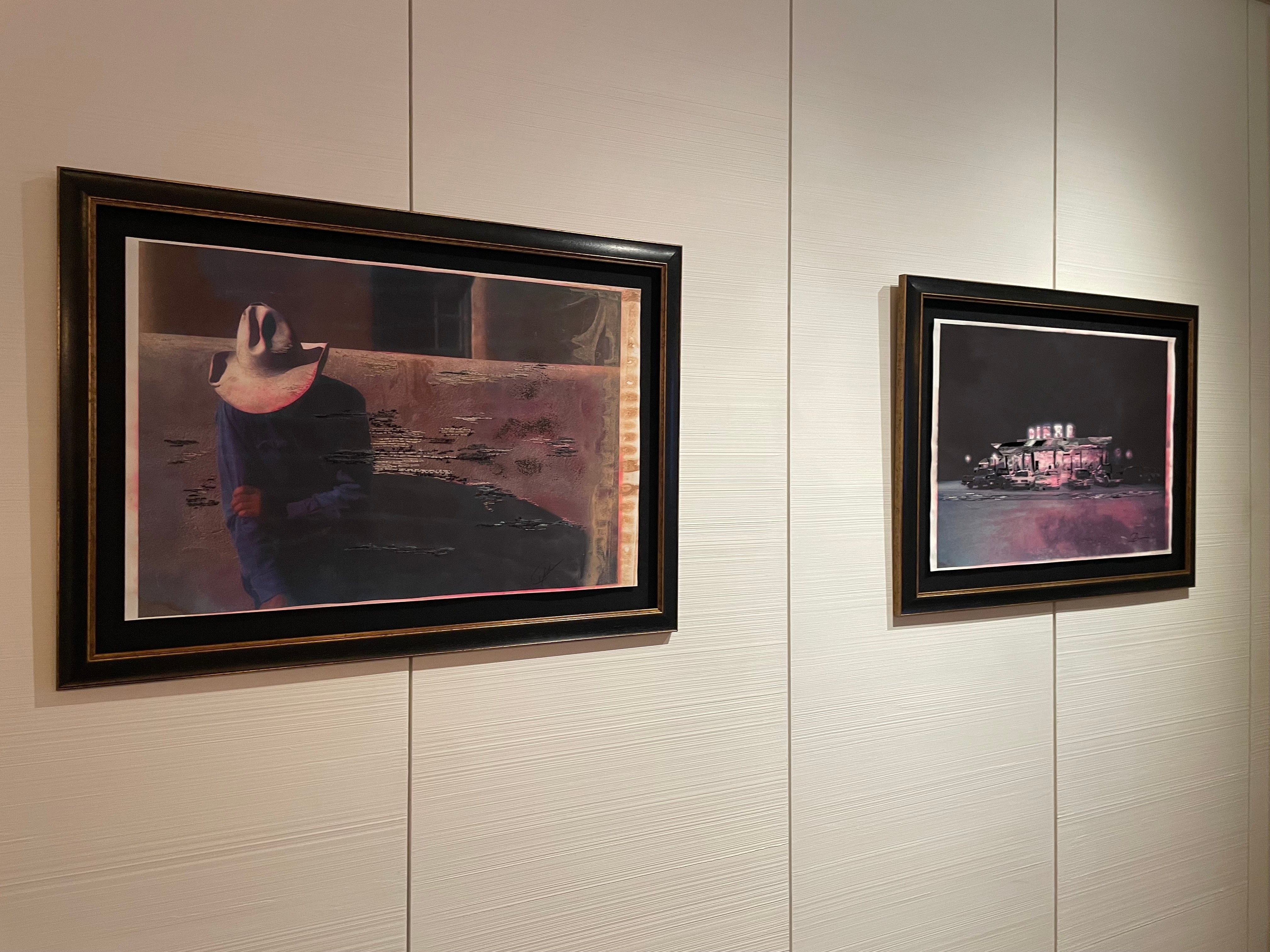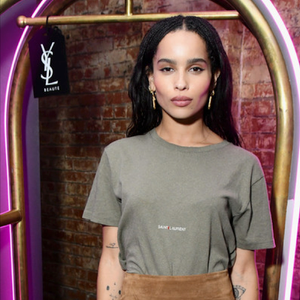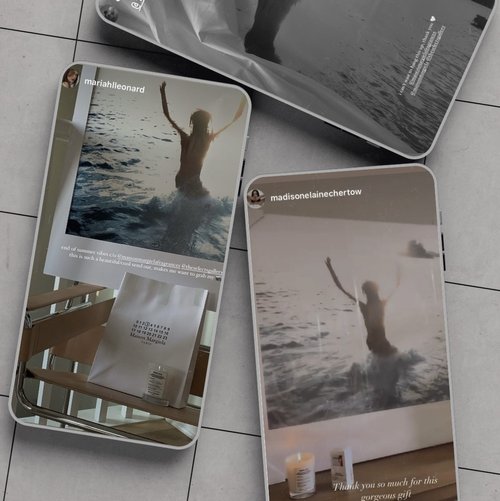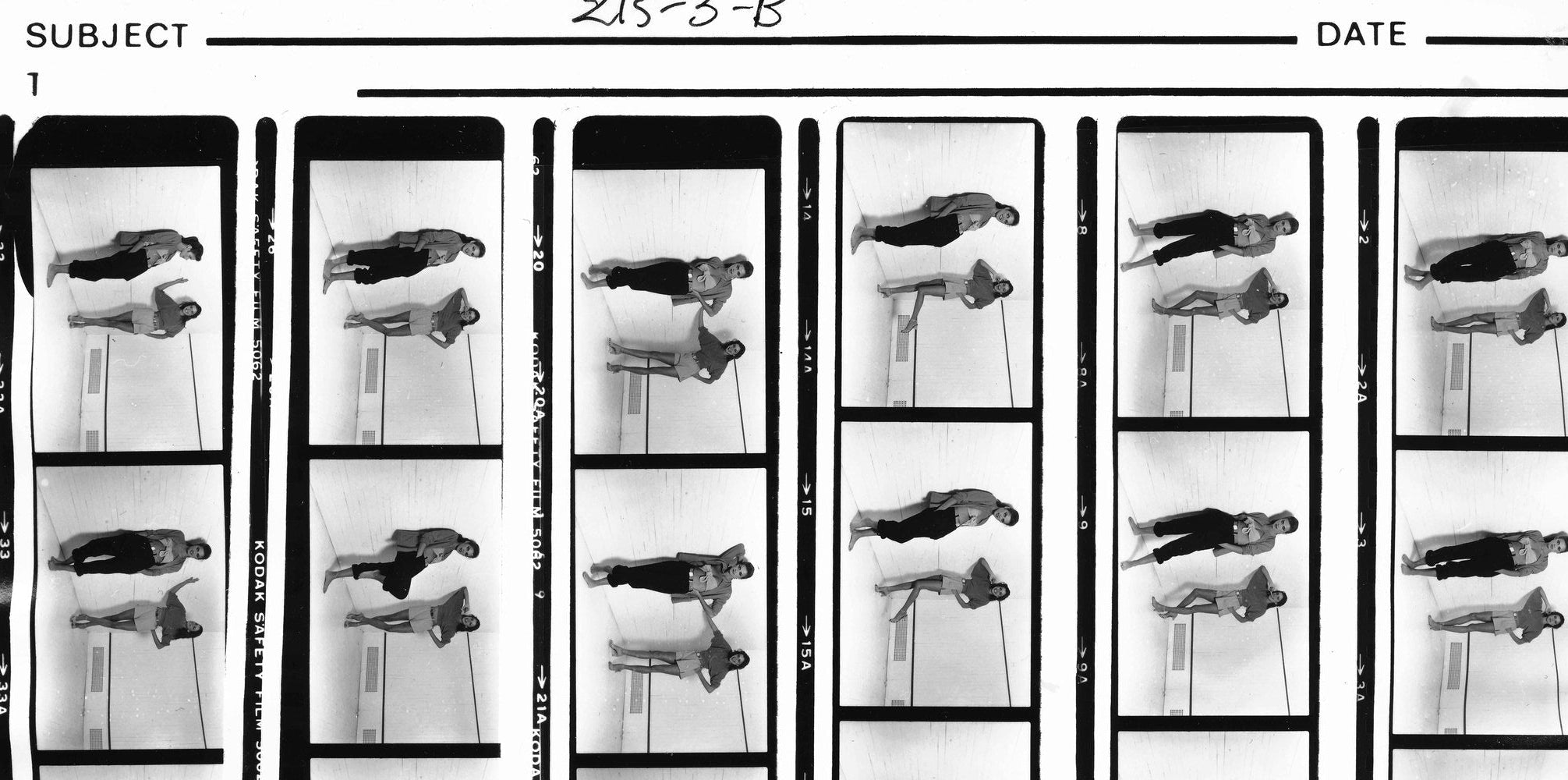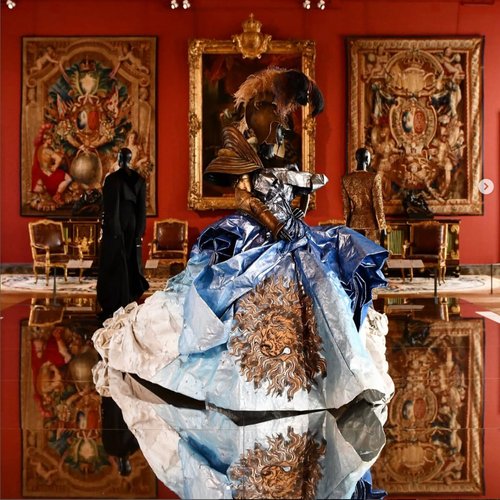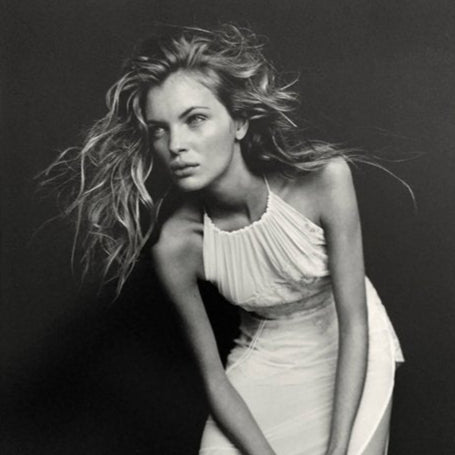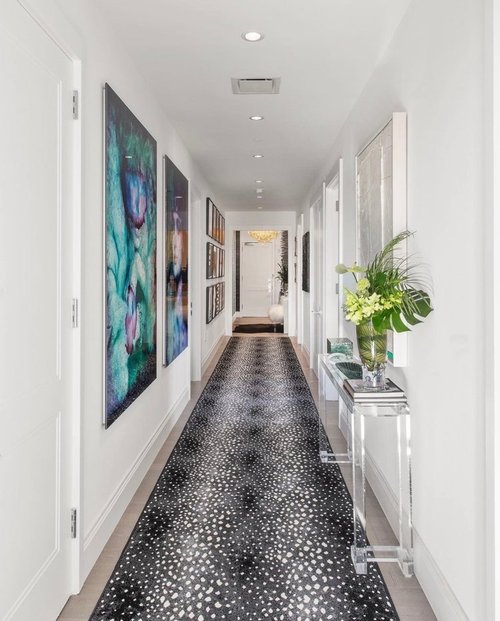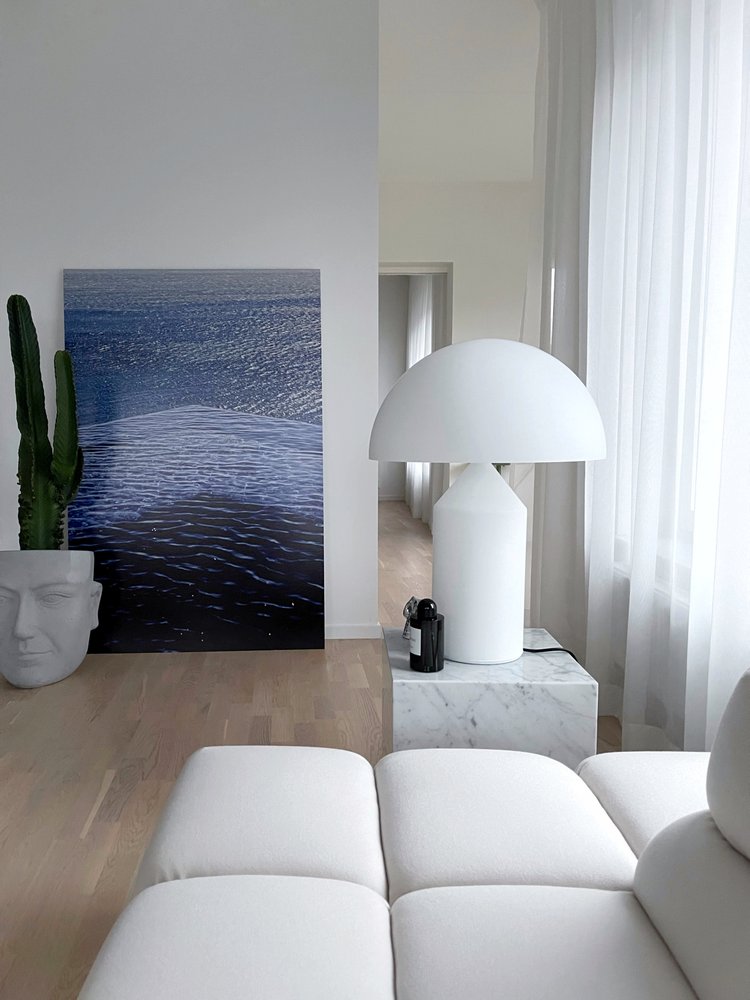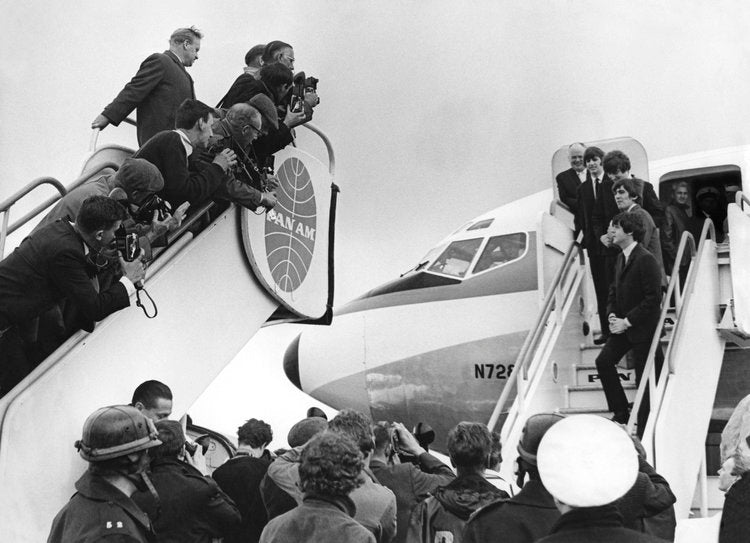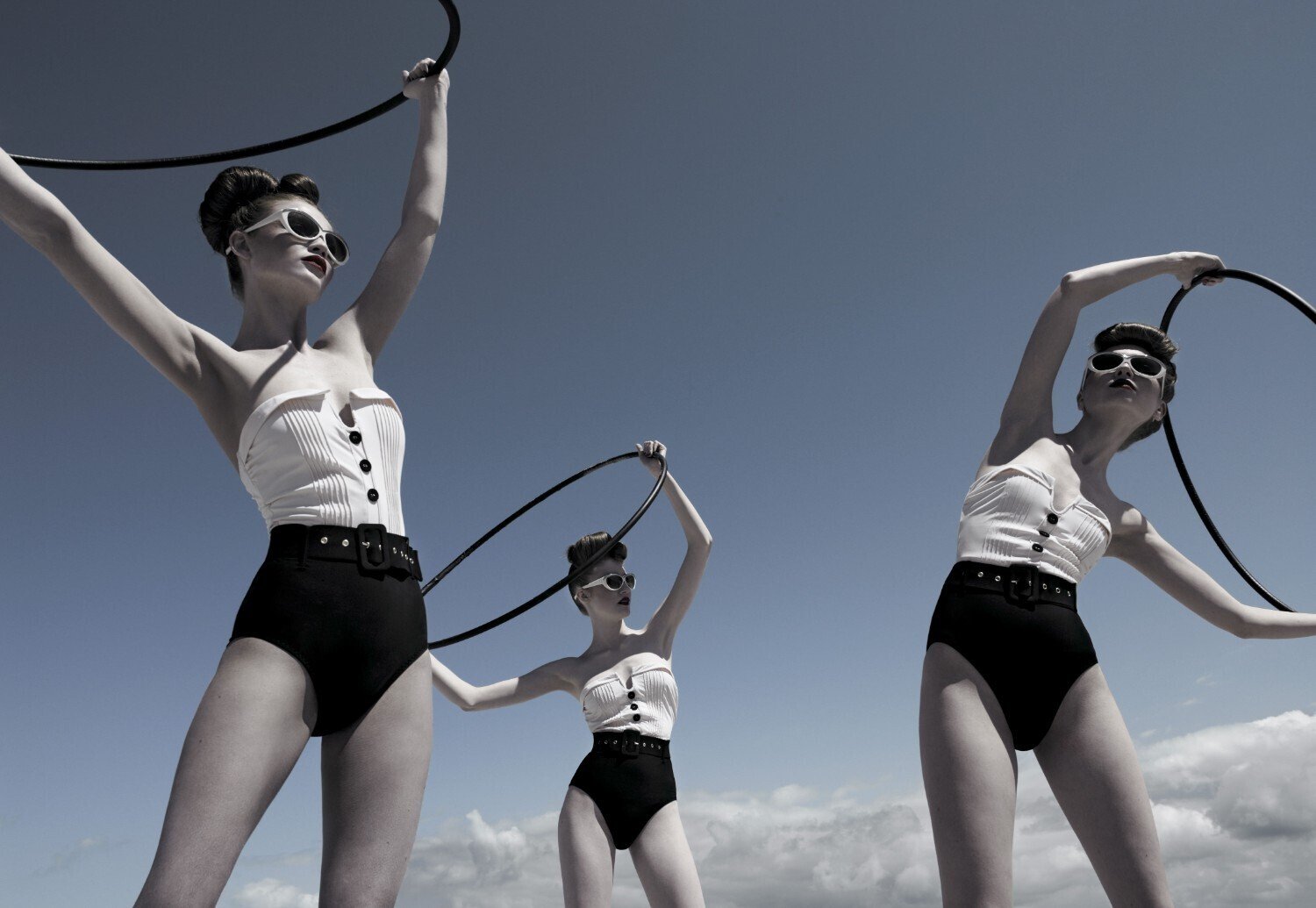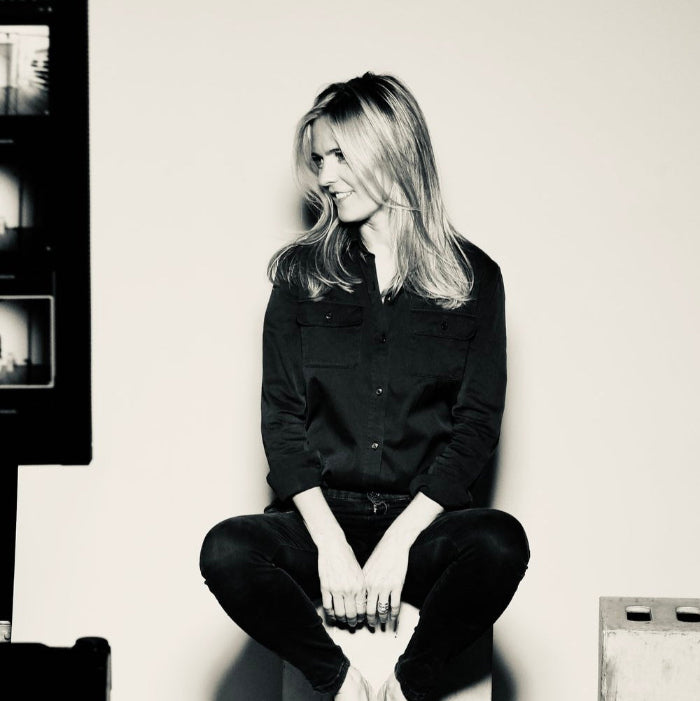IS FASHION PHOTOGRAPHY ART?
Is fashion photography art?
A very strong article published by Les Echos about the relationship between art and Fashion photography in the context of a Sarah Moon exhibition at the Musée d'Art moderne de Paris, another dedicated to Man Ray at the Musée du Luxembourg and Cindy Sherman at the Foundation Louis Vuitton, which "all open the discourse to discuss the boundaries between fashion photography and art photography."
"In July 2020 in New York at Christie’s, fashion photographer Richard Avedon's “Dovima and the Elephants” snapshot sold for $ 1.8 million. "It had already been sold for 840,000 euros in 2010, but this is a record", comments Elodie Morel, Specialist in the photography department of Christie’s Paris. According to her, the fashion photo galvanizes. It has experienced a revival since 2008. “It is a market that is constantly being renewed, and arouses continuous interest,” confirms Jonas Tebib, Vice President of the photo department at Sotheby’s.
Richard Avedon, Peter Lindbergh, Helmut Newton, Irving Penn… These big names, are now represented by blue chip art galleries (...) While the prices dedicated to young fashion photographers are increasing.
See our translation below:
Is fashion photography art?
A Sarah Moon exhibition at the Musée d'Art moderne de Paris, another dedicated to Man Ray at the Musée du Luxembourg and Cindy Sherman at the Foundation Louis Vuitton all open the discourse to discuss the boundaries between fashion photography and art photography.
In July 2020 in New York at Christie's, fashion photographer Richard Avedon's “Dovima and the Elephants” snapshot sold for $ 1.8 million. "It had already been sold for 840,000 euros in 2010, but this is a record", comments Elodie Morel, Specialist in the photography department of Christie’s Paris. According to her, the fashion photo galvanizes. It has experienced a revival since 2008. “It is a market that is constantly being renewed, and arouses continuous interest,” confirms Jonas Tebib, Vice President of the photo department at Sotheby's.
Richard Avedon, Peter Lindbergh, Helmut Newton, Irving Penn… These big names, are now represented by blue chip art galleries like Gagosian and Thaddaeus Ropac, which attract millions of visitors. Their popularity has been boosted for several years by exhibitions at major French institutions. This winter, fashion photographer Sarah Moon is celebrated at the Musée d'Art Moderne de Paris and the Musée du Luxembourg displaying the fashion work of Man Ray. While the prices dedicated to young fashion photographers are increasing. Has fashion photography become an art like any other?
A great artistic research:
In essence, the "good" fashion photographer becomes an artist when his talent explodes beyond the formal framework of the commission. That his revolutionary gaze is intimate, recognizable. For Jonas Tebib, “It started with Irving Penn and his pictures in magazines like 'Harper's Bazaar'. The fashion images’ status is elevated to art due to artistic research, we really felt the work of the artist, beyond the fashion photographer. These photos exceeded the specific order and became eternal. Raphaëlle Stopin, artistic director of the photo prize at the Hyères International Festival of Fashion, Photography and Fashion Accessories, adds: “Fashion photography spawns with art when the photographer is an author. That we are dealing with a photo embodied by a strong imprint, like that of Paolo Roversi, president of the jury for our photo prize this year. Roversi questions even his practice: he often stages the tools with which he works, distilling an artisanal, conceptual dimension, a way of constantly refining his language, in a kind of humility. "
For Christoph Wiesner, director of the Rencontres de la photographie d'Arles, there has never been any reason to separate the work of fashion from the personal work of a photographer. “These are two aspects of the same look, two activities that exist in parallel and are enriched. I am thinking of Sabine Weiss, who, alongside her institutional work, was a true humanist. Or Viviane Sassen. In addition, certain commissioned works have become works in their own right. One of Man Ray's best-known photos was originally an ad for Rimmel! "
Getting established in the art markets:
But for all that, is every fashion photographer elevated to the rank of artist? Penetrating the closed circle of art is proving difficult. At Paris Photo, a flagship event on the art photography calendar, we can find the big names in fashion such as Juergen Teller, Inez and Vinoodh, Tim Walker… But few younger photographers are included. Going through the doors of galleries requires an important network, it is generally necessary to have collaborated with the biggest magazines and to "shoot" important campaigns. For Christoph Wiesner, however, that tends to change. “The difficulty in establishing itself in the art markets was true for photographers of Tim Walker's generation. But the thirties will undoubtedly impose themselves more. "
Because the art world seems more interested in fashion photography. If art purists may have considered it too bling-bling or civilized in the 1980s and 1990s, today the dikes tend to give way. Some artists integrate fashion into their artistic approach. Thus, Alec Soth, known for his gaze on raw America, has designed a "fashion magazine" called "Paris, Minnesota" where Americans from abandoned small towns are icons, delivering a vision of fashion in trompe -the eye, social, intimate. The great Cindy Sherman exhibits at the Louis Vuitton Foundation in Paris, a house with which she has had long-standing relationships. Interest in commission work is uninhibited. Recently, we saw indie film figure Harmony Korine “shoot” a campaign for Gucci. "Basically, there is nothing harder, but also convincing than fashion photography: if you make the difference, it's because you are really good", notes Elodie Morel. For Georg Rulffes, director of the agency Concrete Rep Ltd, representing rising values such as Camille Vivier, “Whatever its purpose, mercantile or not, a good photo has this unique ability to catch the eye. "
More societal themes:
The link between fashion photography and art photography is all the more tenuous as fashion today tends to claim a more sensitive, humanistic vein, where in the years 1990-2000 it was used as a vehicle to shock, or subvert. In the midst of movements for social rights, photographers use the medium to tackle themes like gender, ecology and diversity. And collides with the role of the artist himself.
“In the same way that committed African-American artists like Tyler Mitchell do both social photography and fashion photography, new designers like Virgil Abloh at Louis Vuitton advocate a broad culture, which draws inspiration from both fashion as philosophy, music, art. There is more than ever a dialogue that enriches both fields, ”says Christoph Wiesner.
Thus, fashion brands rely on younger talent who know how to communicate about the product as well as contemporary social issues. Chanel is now associated with the Grand Prix du Jury Photographie d'Hyères, with an endowment of 20,000 euros for the winner. Dior has set up a prize in parallel with the Rencontres d'Arles. In October, the jury for the Picto Fashion Photo Prize, chaired by Sarah Moon, awarded Vietnamese Chiron Duong, Armenian Lucie Khahoutian and Senegalese Gabriel Dia for their stories rooted in diversity. “This year's winners all have intimate views, anchored in their cultures, their experiences,” says Philippe Gassmann, CEO of Picto. For him, this generation “has great sensitivity and a good mastery of technology and social networks. They may not be in art galleries, but master a new ecosystem. "
Charlotte Abramow, Jamie Hawkesworth… The young guard scrambles the tracks. On their Instagram, we no longer know whether it is their personal projects or institutional clichés. Photojournalism or a commercial campaign. This vagueness, generated by this incessant flow of social networks, ends up abolishing the already porous borders between the institutional image of fashion and artistic expression. “Basically, we no longer really understand when we create for ourselves, or for an order, that questions the very notion of creation”, analyzes Christoph Wiesner. Young photographers would reinvent the temporality of art, questioning what should be considered as or not.
Even if it means bypassing the world of art and galleries. “The question, basically, will no longer be whether it is art or not. But if it's quality art, ”concludes Georg Rulffes.
Claire Touzard


